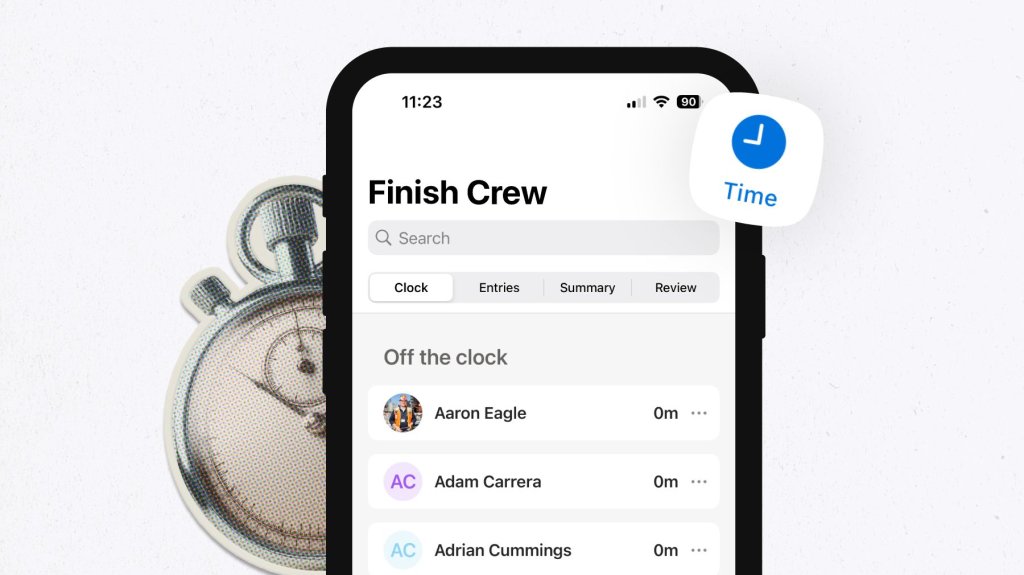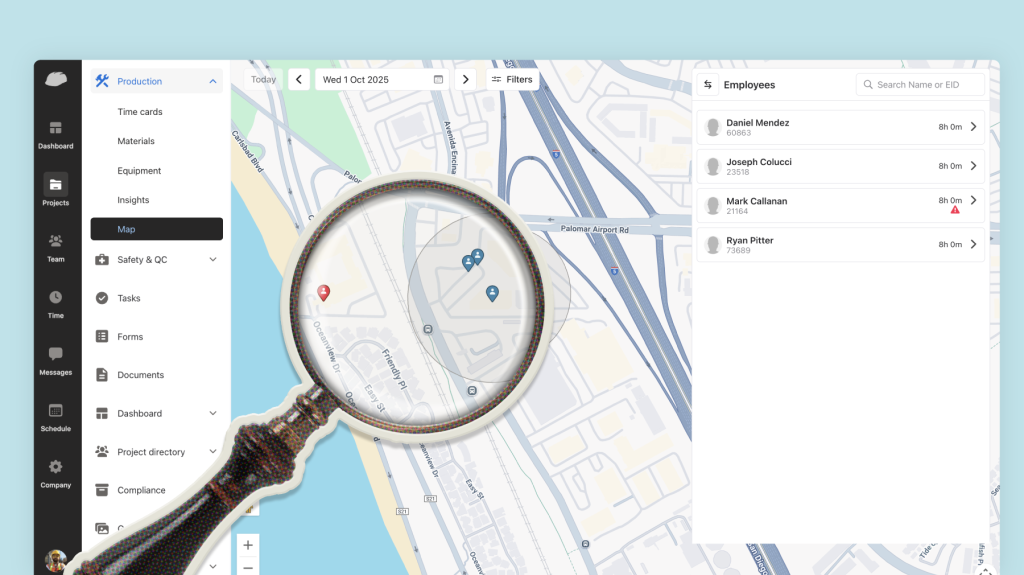Blog
Catch up on all the latest construction tips, news, and updates.

Top User Form Templates in Raken
See what kind of form templates users are creating in the Raken app to make sharing and accessing documentation much easier from the construction site.

An Intro to AI in Construction
We explore common AI construction tools and how your business can benefit from adopting them.

How to Schedule Shifts
Schedule one-off or recurring shifts on the go with Raken’s flexible resource scheduling tools.

Plan for a Better 2026 in Construction
It’s the perfect time to start planning for next year’s construction projects. Learn how Raken can help save time and improve productivity in 2026.

How to Deliver More Effective Toolbox Talks
Toolbox talks are an easy way to improve jobsite safety, but how do you make sure your teams actually pay attention?
Setting Up Geofencing for Raken Time Clock
Reduce time theft and ensure compliance with your time tracking policies by enabling geofencing for Raken’s mobile time clock app.

Why Do Construction Projects Go Over Budget?
Even with careful planning, many construction projects run over budget. Read the common reasons why and learn how to prevent cost overruns.

Quarterly Update: Enhanced time and production tracking
As a versatile all-in-one tool for the field, we’re always looking for ways to improve and expand our capabilities. We did a lot of that during the third quarter of the year,...

What is Modular Construction and is it Right for Me?
Learn more about this building method and why it's gaining popularity.

How to Review Time on Mobile
You can use our mobile app to review, approve, and edit your crew’s time.

Do You Need PMP Certification?
PMP certification is recognized (and required) by employers around the world.

Three Common Construction Equipment Mistakes (and How to Avoid Them)
How you manage your equipment makes a big difference. And some of the most common mistakes in equipment management are also the easiest to avoid.
